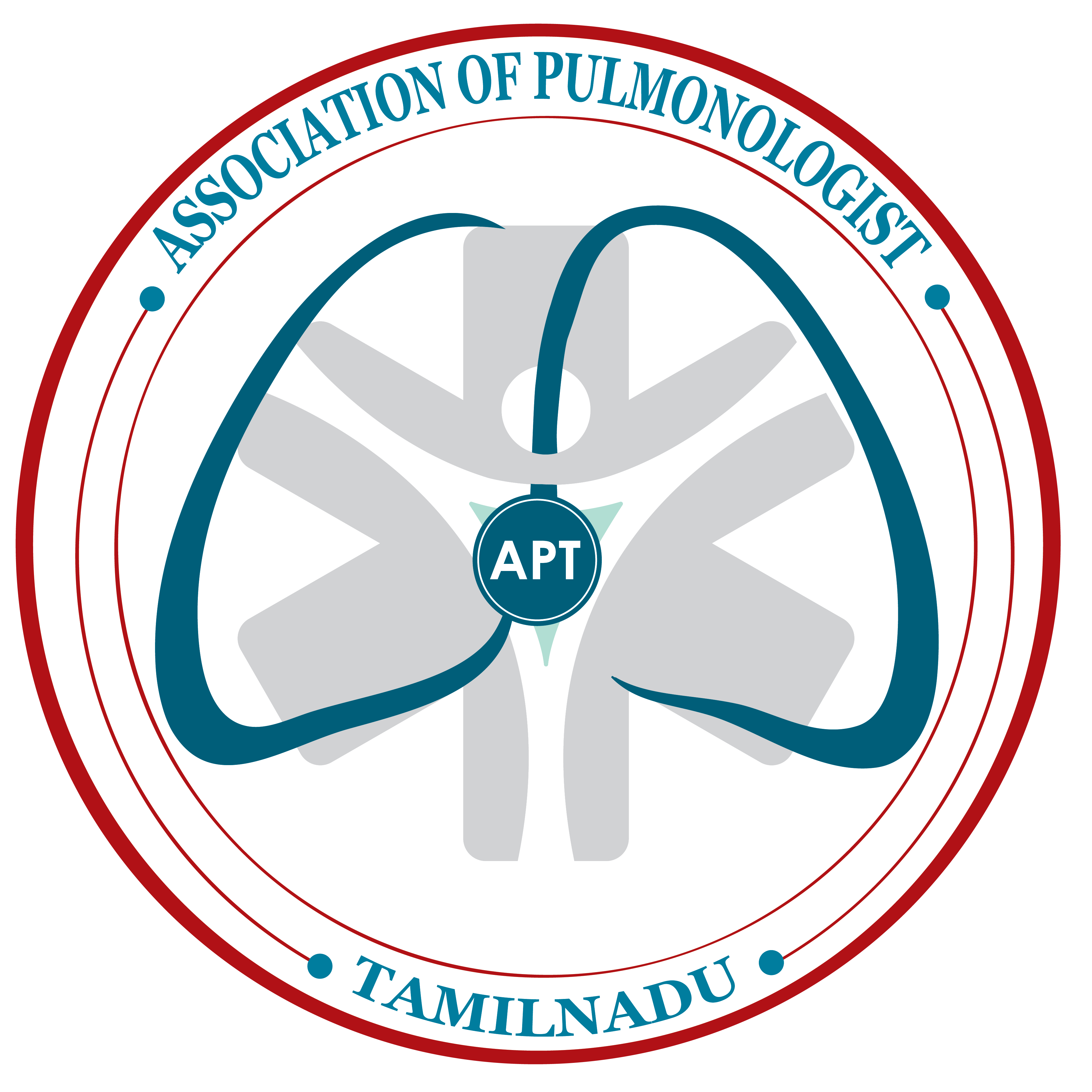694 views
Amal Johnson et al.: Radiology Quiz
Pictorial CME
Radiology Quiz
Amal Johnson1, R.Narasimhan R2
1Post graduate, Department of Respiratory Medicine, Apollo Hospitals, Greams Road, Chennai
2Senior Consultant Pulmonologist, Department of Respiratory Medicine, Apollo Hospitals, Greams Road, Chennai
Corresponding Author: Dr.Narasimhan.R, Department of Respiratory Medicine, Apollo Main Hospitals, 21, Greams Lane, Off Greams Road, Chennai – 600 006, Tamil Nadu, India
See Beyond The Chest
A sixty year old lady with no comorbidities was admitted under Gastroenterology with complaints of severe upper abdominal pain for 1 day. She had a history of post prandial fullness and nausea for past 10 years – on medical management with proton pump inhibitors SOS. She was asked to be seen as a referral by pulmonology in view of breathing difficulty and dry cough for the past 5 years – on chronic home nebulization and oxygen use suggested by her personal general physician. On examination, she was conscious, oriented, cachectic, afebrile, dyspneic, pale , clubbing grade 3 present with distended tender abdomen and bilateral fine end inspiratory crepitations on chestausculation. Her BP was stable and Spo2-88% on room air. ABG revealed chronic type 2 respiratory failure. ECHO showed normal Ejection fraction with severe PAH. CXR and CT chest images were as follows:
How to cite this article: Amal Johnson, R.Narasimhan R, Radiology Quiz, JAPT 2019: 2(2):80-81



Guess the diagnosis?
Answer: Hiatus hernia complicated by Gastric volvulus and associated diffuse pulmonary fibrosis
Hiatus Hernia
It is the herniation of abdominal contents into the thoracic cavity through the esophageal opening in the diaphragm. The most common content of a hiatus hernia is the stomach1.
The current anatomic classification has evolved to include a categorization of hiatal hernias into Types I – IV1.
1. Type I hernias are sliding hiatal hernias(most common) , where the gastroesophageal junction migrates above the diaphragm
2. Type II hernias are pure paraesophageal hernias (PEH); the gastroesophageal junction remains in its normal anatomic position but a portion of the fundus herniates through the diaphragmatic hiatus adjacent to the
esophagus.
3. Type III hernias are a combination of Types I and II, with both the gastroesophageal junction and the fundus herniating through the hiatus. The fundus lies above the gastroesophageal junction.
4. Type IV hiatal hernias are characterized by the presence of a structure other than stomach, such as the omentum, colon or small bowel within the hernia sac.

Most patients are asymptomatic but some develop symptoms similar to GERD like chest pain, post prandial fullness, nausea and vomiting2.
Radiological imaging:
The findings include3
Chest X-ray– usually a retrocardiac opacity with an air fluid level
CT chest – widening of the esophageal hiatus with fat collection in the middle mediastinum.Cephalad migration of the gastroesophageal junction or gastric fundus through the hiatus can be clearly visualized on oral contrast-enhanced CT images.
Differential diagnosis
- Retrocardiac lung abscess /empyema
- Esophagectomy with gastric pull-up procedure
Complications
- Gastric volvulus2
- Pulmonary complications include Aspiration pneumonia, lung abscess, and bronchiectasis and diffuse pulmonary fibrosis4
Treatment
All symptomatic hiatus hernia should be managed surgically5
References
1. Barrett NR (1954) Hiatus hernia: a review of some controversial points. Br J Surg 42:231-243
2. Kahrilas PJ, Kim HC, Pandolfino JE. Approaches to the diagnosis and grading of hiatal hernia. Best Pract Res
ClinGastroenterol. 2008;22 (4): 601-16.
3. Brant WE, Helms CA. Fundamentals of diagnostic radiology. Lippincott Williams & Wilkins. (2007)
ISBN:0781765188
4. Lomasney, T., 1977. Hiatus Hernia and the Respiratory Tract. The Annals of Thoracic Surgery, 24(5), pp.448-450.
5. Peters, J., 2013. SAGES guidelines for the management of hiatal hernia. Surgical Endoscopy, 27(12), pp.4407-4408.





